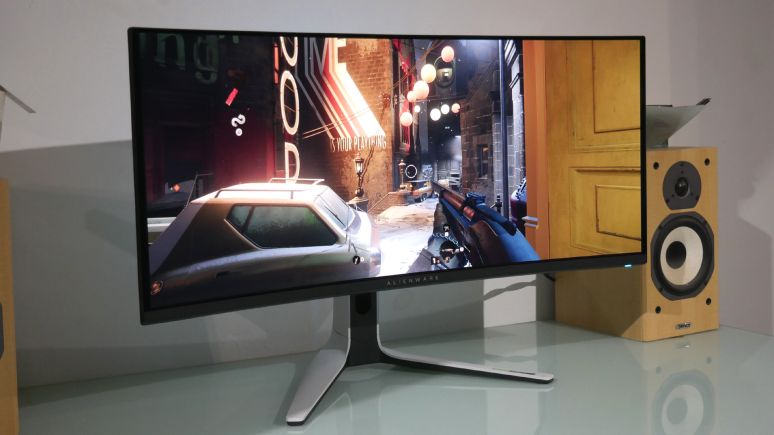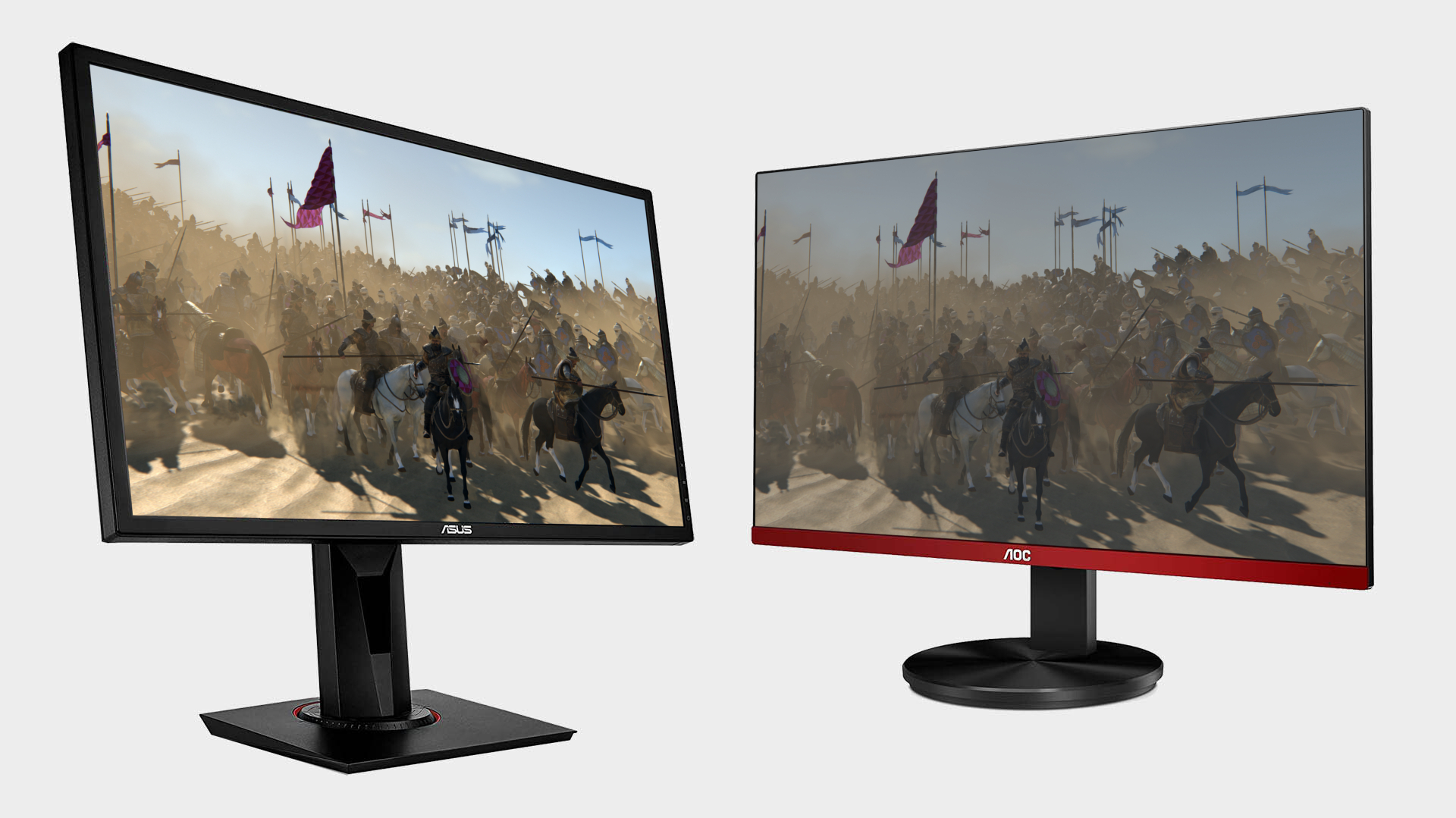Samsung's 34-inch OLED gaming monitor is a joke at $1,499
How is this more expensive than Alienware's Samsung-based 34-inch OLED monitor...

Samsung has priced up its new 34-inch OLED gaming monitor, yours for a piffling $1,499. That's far more expensive than Alienware's alternative 34-inch OLED gaming monitor, which itself is based on Samsung panel tech and starts at just $1,099.
Specs wise, the new Samsung G8 G85SB OLED Ultra looks like a dead ringer for the Alienware AW3423DW. We're talking 3440 x 1440 pixels on a 34-inch, 21:9 aspect panel. The maximum refresh rate is 175Hz for both, too.
Both brands rate typical full-screen brightness at 250 nits, with Samsung also quoting a minimum full-screen brightness of 200 nits, while Alienware also claims 1,000 nits peak in a small window.
The new Samsung panel has AMD FreeSync Premium Pro adaptive refresh support, the same as the base $1,099 variant of the Alienware 34. For a little more context, Alienware charges $1,299 for its Nvidia G-Sync Ultimate model.
Samsung is claiming 0.03ms for GTG pixel response, while Alienware pegs their OLED panels (again sourced from Samsung) at 0.1ms. I suspect the difference in specs is in how the two firms are measuring response. Very likely, it's precisely the same Samsung QD-OLED panel in both monitors.
Either way, you'll be getting better pixel speed than any LCD-based gaming monitor, whichever one you go for. By miles. What you won't be getting is good value. The new Samsung OLED doesn't just look overpriced compared to the almost identical Alienware alternative, it looks fairly silly next to a larger 4K OLED TV.

How a much smaller 34-inch 1440p monitor can be priced the same—or even more expensively—than many larger 4K OLED TVs is hard to fully comprehend. Sure it runs a higher 175Hz refresh, where TVs are typically limited to 120Hz. And you get some extra inputs including USB-C with 65W of power delivery and DisplayPort.
The biggest gaming news, reviews and hardware deals
Keep up to date with the most important stories and the best deals, as picked by the PC Gamer team.
Even so the value proposition looks seriously crappy. What's more, given Samsung is selling OLED panels to Alienware, it makes no sense that Samsung's own OLED monitor is more expensive, albeit having been made by a different arm of what is a sprawling tech empire.

Best gaming monitor: Pixel-perfect panels for your PC
Best high refresh rate monitor: Screaming quick screens
Best 4K monitor for gaming: When only high-res will do
Best 4K TV for gaming: Big-screen 4K PC gaming
Another off-putting factor is the rather tragic quality control exhibited by several premium Samsung monitors of late. The Neo G9 was a train wreck and you'd be very brave to roll the dice on this new OLED screen before the first examples are released into the wild for beta testers, sorry 'customers', to report back on performance and reliability.
Then there's the broader issue of full-screen OLED panel brightness. Samsung seems to have the edge on LG, its only real competitor in the large consumer OLED panel market, when it comes to full screen brightness. But 200 to 250 nits is still miles off the 1000-nits plus of full screen brightness mini-LED-backlit LCD monitors can achieve.
We'd love to be more positive, but its difficult considering the hideous pricing, along with Samsung's risible recent track record regards product quality. See too: The Samsung 990 Pro's unusually rapid decline.
Despite the inherent advantages of OLED tech when it comes to pixel response, lighting control, and contrast, it's hard to get excited about this launch. Which is a pity.

Jeremy has been writing about technology and PCs since the 90nm Netburst era (Google it!) and enjoys nothing more than a serious dissertation on the finer points of monitor input lag and overshoot followed by a forensic examination of advanced lithography. Or maybe he just likes machines that go “ping!” He also has a thing for tennis and cars.

